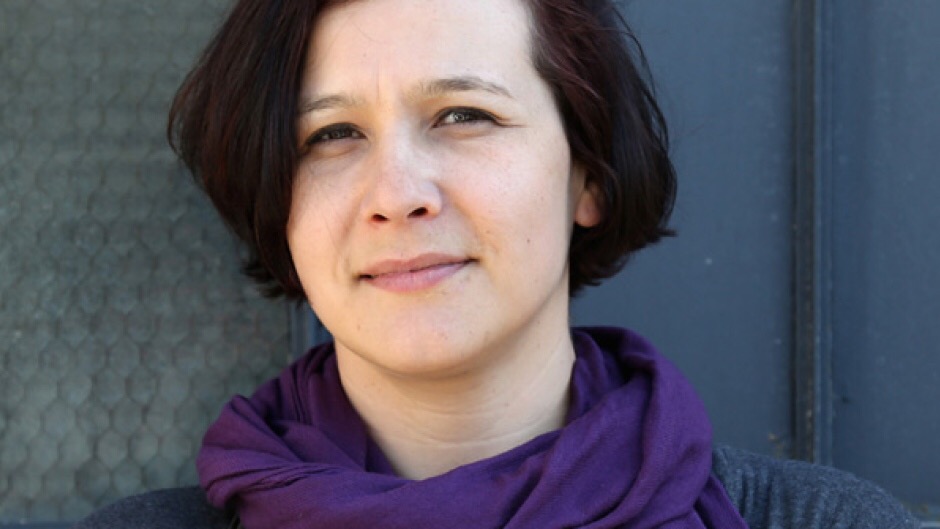The Break: A Conversation with Katherena Vermette
MARCH 14, 2017

By Lauren Wildgoose
Katherena Vermette is a Metis poet and author from Winnipeg. I interviewed Katherena after being mesmerized by her first novel, The Break. The novel is a complex and beautiful layering of the voices of 9 Indigenous women (and one Metis man) as they deal with the sexual assault of a young girl in their community.
The Break was shortlisted for the Governor General’s Literary Award for Fiction, the Rogers Trust Fiction Prize, and is now a finalist for Canada Reads.
Katherena has also published a poetry collection, North End Love Songs, which tells the stories of Winnipeg’s North End neighbourhood. The collection won the 2013 Governor General’s Award for Poetry.
LW: Whose voice in the novel came most naturally? Whose was the most difficult to write?
KV: The voices all came at different times but most of them were quite natural, in their way. I started with most of the women – Lou, Stella, Cheryl – and they felt very close and familiar to me. They’re each aggravating in their own way, but getting to know them was a very thoughtful, endearing process for me. They are like family now.
One of the last voices I wrote was Tommy, who was probably the easiest and oddly the most fun, if I can call it that. He came after the story was set and filled in a lot of gaps, so maybe that was the easy part. His story is also set apart from the main narrative so he was safer, and because he got to flow through some casual racism and Metis identity issues, he allowed me vent some frustrations, so that’s always fun, yes?
LW: How do women’s roles in Metis and other Indigenous cultures feature in your writing?
KV: In this book, most of the characters are Metis and / or Anishnaabe, so the quick answer is: prominently.
I write from where I am – Metis urban female. I do this for several reasons. One, selfishly, because my work starts from a very personal place where I am reacting and/or interacting with my world. But also because I don’t think there are enough Indigenous voices, points of view, or characters out in the world, and writing a few from my limited vantage point is something I can do. This is also why I encourage, support, and love to hear from other Indigenous and other marginalized communities’ voices. We need them.
LW: What was the transition like from writing poetry to writing a novel?
KV: I always say, poetry is my home. It’s where I feel the most like myself. Writing the novel was incredibly difficult. Piecing it all together and hoping it all made sense part was crazy-making. The heartbreaking subject matter didn’t help either.
LW: Who are your literary and personal role models?
KV: Hmmm, I am going through a pretty decisive Toni Morrison phase. I open her books trying to learn something but then just get swept away and forget everything but the story. So I have to keep reading them. Jeannette Winterson is very close to my heart. Beatrice Culleton Mosionier is my hero. Maria Campbell. Louise Erdrich. Marilyn Dumont. Okay, these are all literary… I am researching Metis history right now, and I am pretty sure there are more than a few women there, most with names and stories unrecorded, who were exceptionally bad ass.
LW: Are there any particular challenges you face as a Metis writer? As a female writer?
KV: I’m sure there are. But never having not been one of these things, my vantage point is biased. I have also been incredibly lucky and my situation is not the norm. Most writers from marginalized communities that I know are struggling. As with most of the world, literary Canada still has a long way to go to properly represent and accommodate all of its demographics. Collectively, we are learning. But we still have a long way to go.
LW: What projects or goals do you have in mind for the future?
KV: So many projects! I am trying to write a graphic novel series, on the afore-mentioned Metis history, and I am also working on a poetry book. My overall literary goal is self-satisfaction. But I think I have to write a few more things to get there!